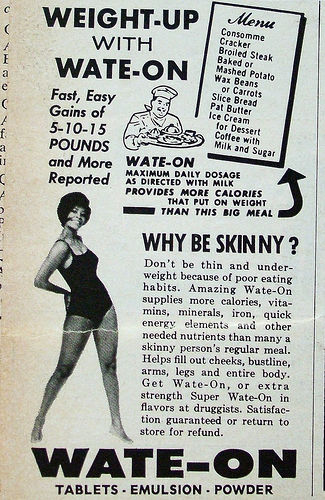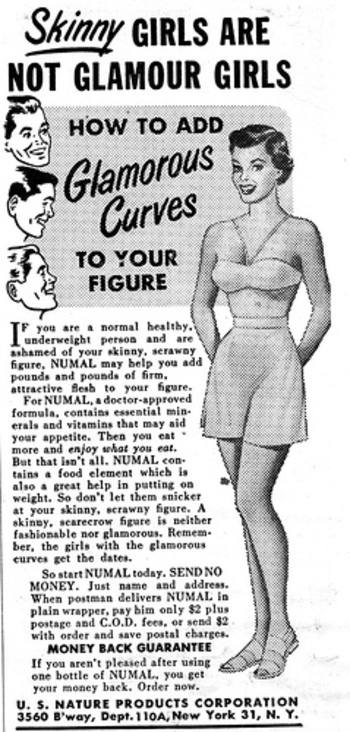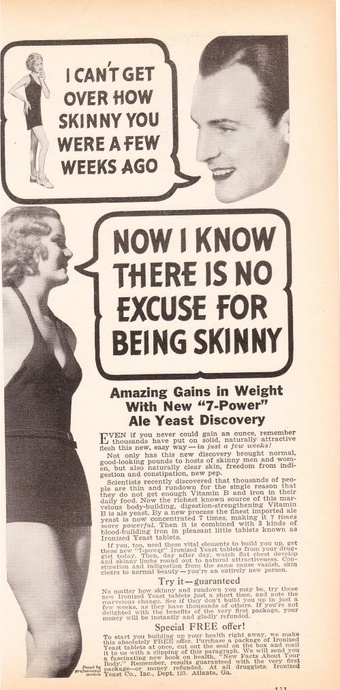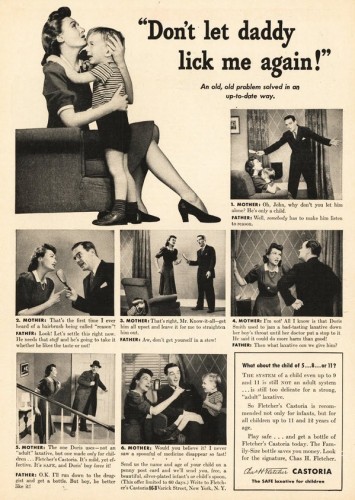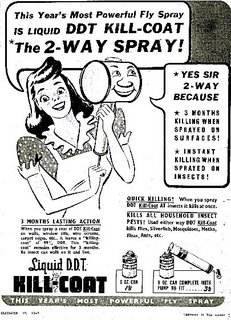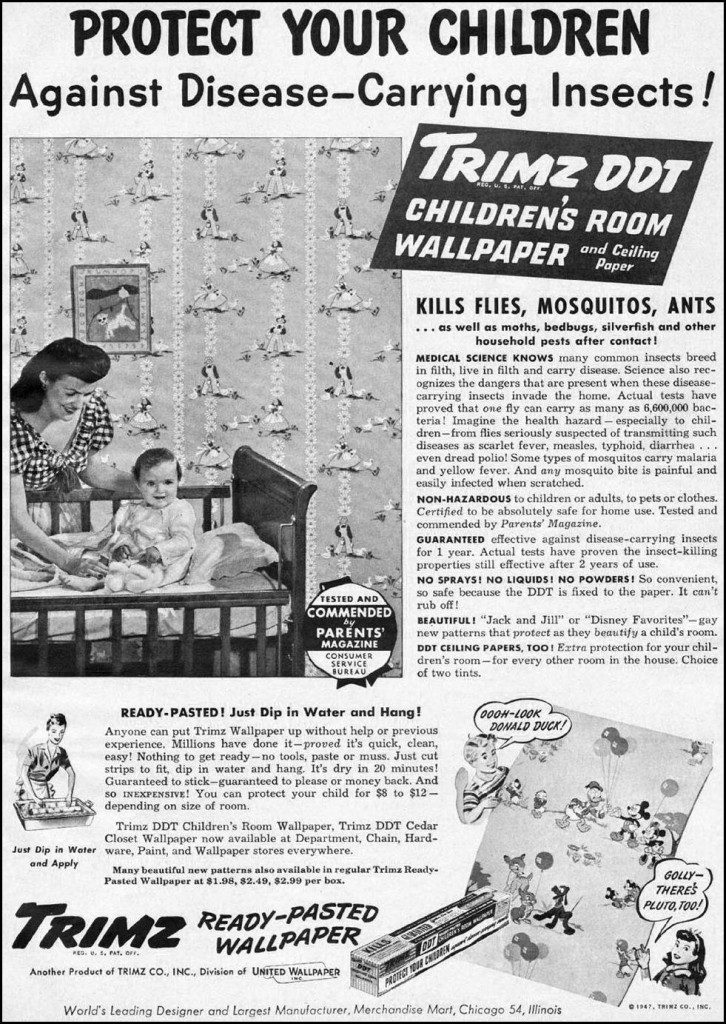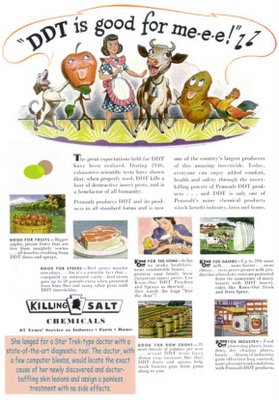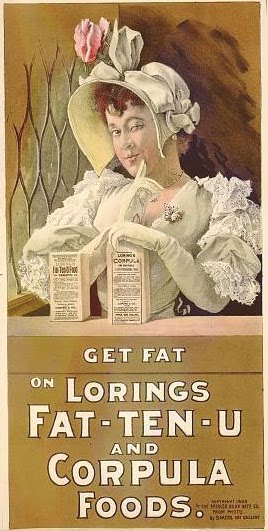Yesterday Hasbro announced a new model of the Easy Bake Oven designed in response to the growing efficiency of light bulbs. This sounded to me like a perfect opportunity to bring back our post on the evolution of the toy. You’ll see the new model at the end.
—————————
My niece got an Easy Bake Oven for Christmas this year and I was shocked. Shocked!
No, not because of gendered gift giving, socialization, blah blah blah… (I don’t know where you would get that idea). Instead, I was shocked by what cooking apparently looks like in 2009. But let me start at the beginning…
The first Easy Bake Oven was released by Hasbro in 1963 (history here). It looked like a range with a stove top and an oven:
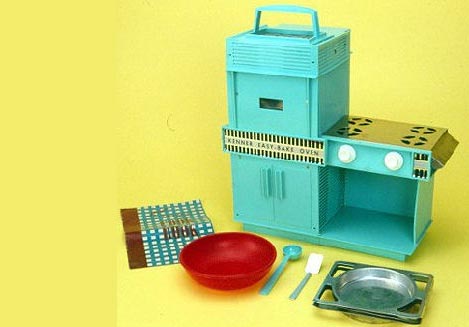
It looked like this, with minor changes in color and amenities, for a while.
1964:

1971:

Then, 1978. It turns out, in 1975, for the first time, sales of microwave ovens exceeded those of gas ranges. And, what do you know, the Easy Bake Oven was suddenly a microwave with a digital clock:

1983:

Presumably, between 1963 and 1978, what cooking looked like changed dramatically and the evolution of the Easy Bake Oven reflected that. This is what surprised me when I saw my niece’s oven.
Ironically, this year’s Oven is painted in the original turquoise, as a nod to 1963, but it is still clearly a microwave:
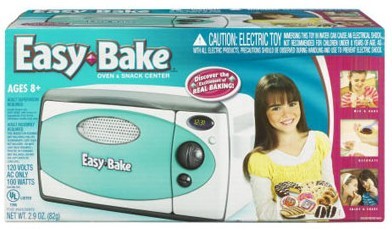
2011: Commercially available light bulbs are no longer inefficient enough to bake goodies. This year’s model, then, is actually a real oven, reaching temperatures up to 375 degrees:
So that’s technological and socioeconomic change as signified by the Easy Bake Oven.
Lisa Wade, PhD is an Associate Professor at Tulane University. She is the author of American Hookup, a book about college sexual culture; a textbook about gender; and a forthcoming introductory text: Terrible Magnificent Sociology. You can follow her on Twitter and Instagram.





